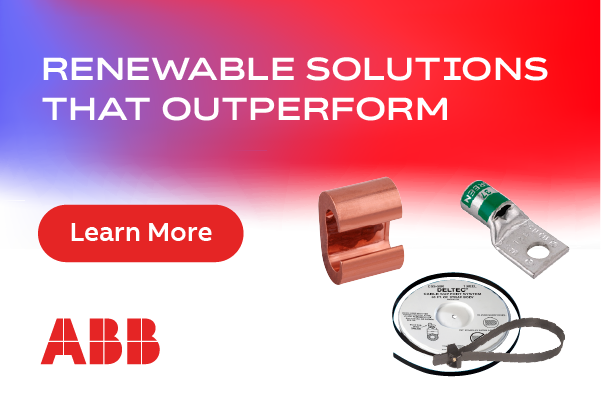Design for the Site, Not the Racking
As the solar industry looks to build in more challenging terrains, particularly colder climates, the potential for high impact and costly errors when designing must be considered in pre-project planning. Across the Northeast states and Canada, geotechnical investigations have identified several common project design pitfalls that can be avoided by following a set of best practices.
- Prioritize risk management and reduce costs through proper site assessment
The entire industry is facing narrowing margins. As a result, managing risk and reigning in costs are key to a project’s success. One way to achieve this is to thoroughly understand your solar project site conditions; bringing in a well-trained geotechnical engineer early on in the project cycle will reduce the number of unexpected or unforeseen issues with materials procurement and site construction. This individual should have experience with the site’s climate and potential subsurface conditions, especially if you are going to be building in a colder climate, areas subject to high wind conditions, or those affected by seismic activity.
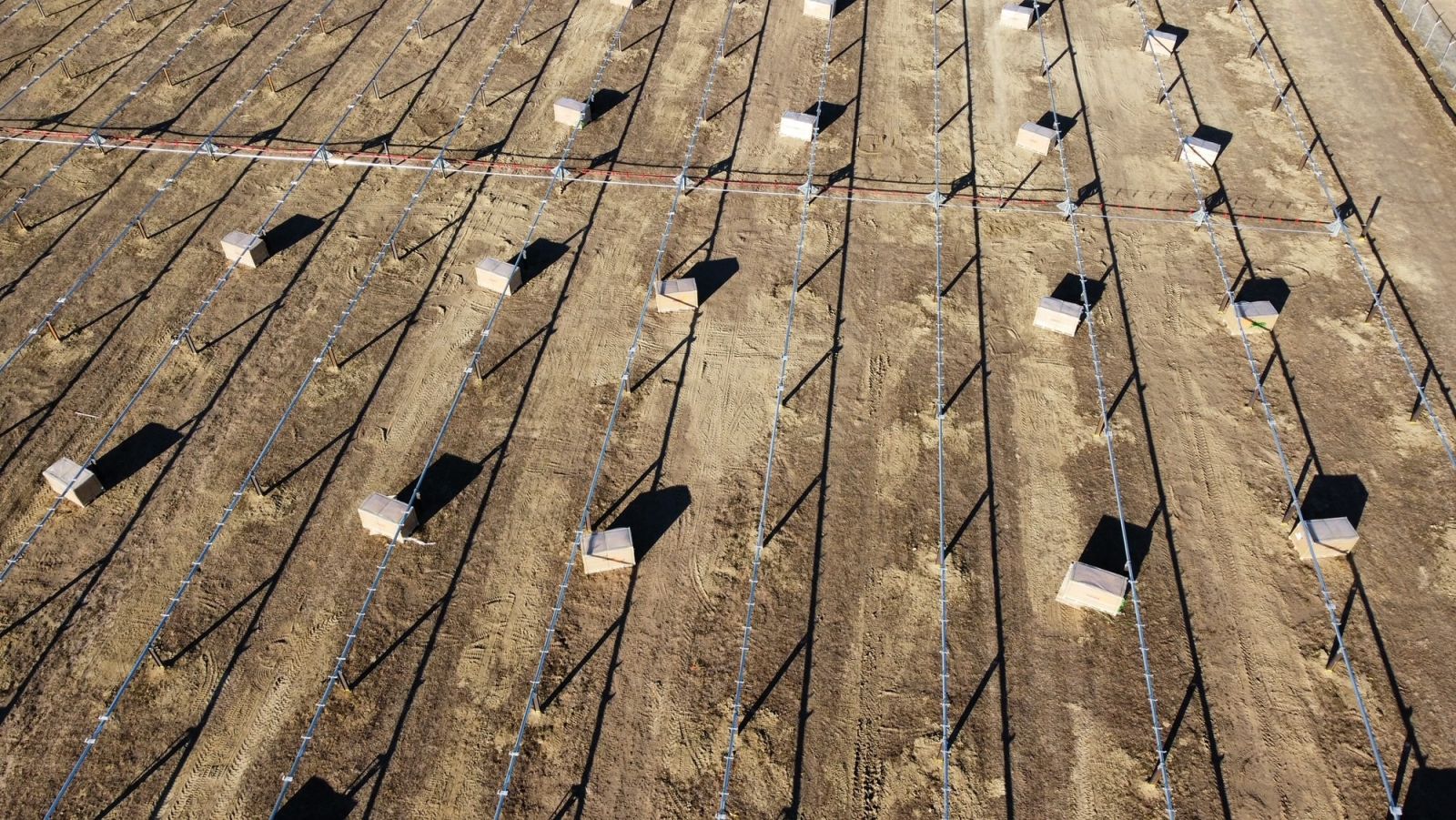
Geotechnical engineers will also help you to optimize your foundations; these are an untapped source of cost savings, and can provide outsized value for the cost of investment. Even such minor optimizations as pile lengths can result in significant savings when multiplied over the size of the site. Partnering with an engineering firm specializing in solar foundation design not only prevents issues, but is also proactive in increasing the value of your site.
- When to bring in a geotechnical engineer
As a general rule, the larger the solar project, the more potential there is for site variations and complex subsurface conditions. For a microgrid site (300-600 kW), a modified geotechnical investigation is the recommended course of action, since the upfront investment in a comprehensive geotechnical investigation may not result in corresponding savings and risk reduction. The modified geotechnical investigation would typically result in more conservative recommendations. For any site smaller than 300 kW, a pre-engineered system should perform sufficiently well and not gain any savings from a geotechnical investigation.
Utility-scale sites (those larger than 600 kW) will benefit from a comprehensive geotechnical investigation; this provides a greater return on investment through reducing the steel costs, as well as greater confidence in the performance of the foundations. The cost of a geotechnical investigation is generally a smaller portion of the budget. A comprehensive geotechnical investigation includes soil testing on-site, in-situ pile testing, and a refined design optimized to the site’s particular conditions.
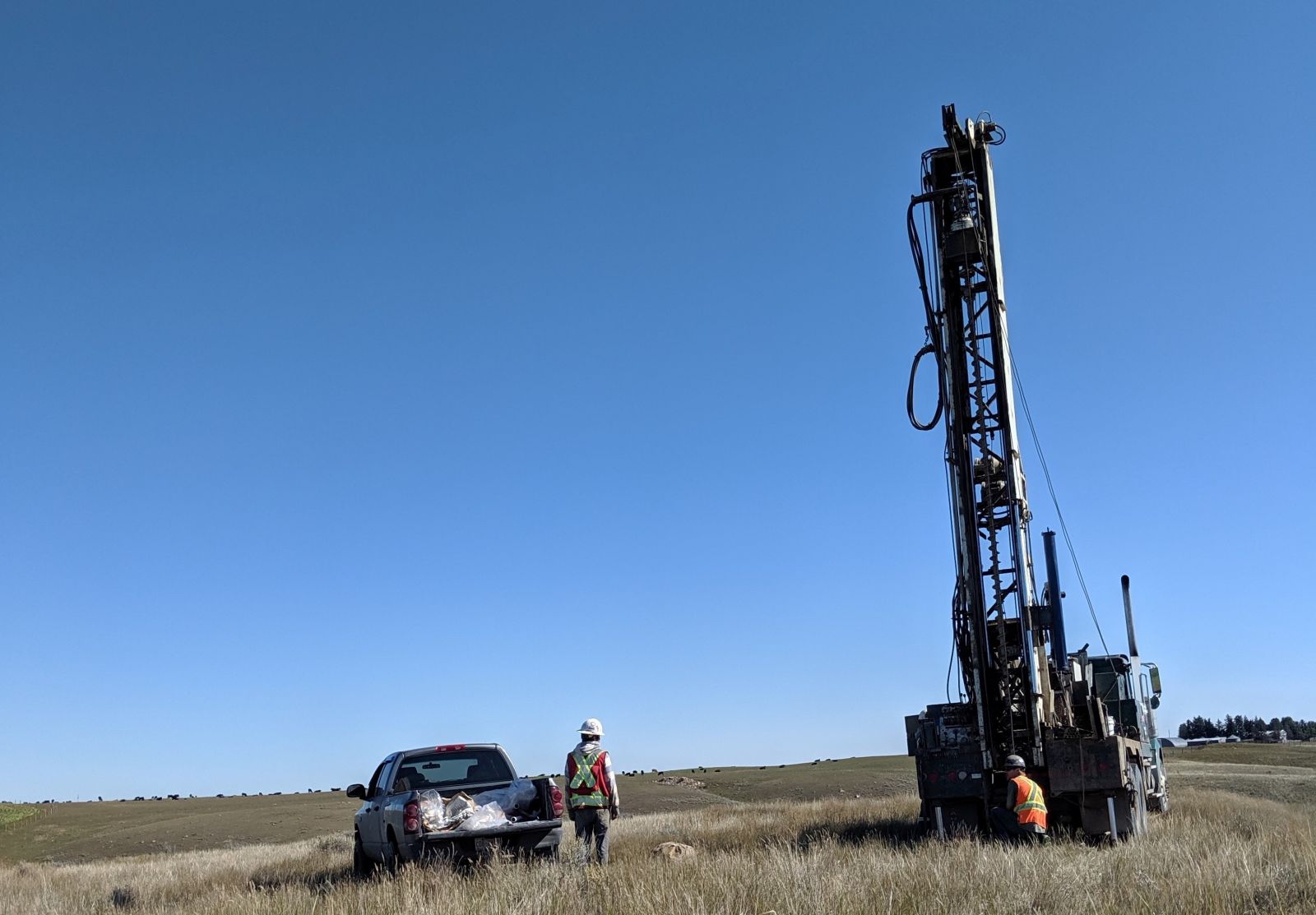
- Let the site do the talking (not the racking supplier)
You may hear from a racking supplier that they recommend groundscrews or helical piles for a colder site. But, without a geotechnical report in hand, these recommendations may be more aligned to the foundations that fit their racking rather than the foundation design that will perform best when considering the site-specific subsurface conditions. Other solutions for colder climates, such as using technologies to reduce frost uplift through a frost sleeve or rigid insulating the pile with foam board, may result in embedment reductions that will often reduce cost while meeting engineering requirements.
- Climate considerations
There are three primary climate considerations that can result in minor to severe damage to a solar project: frost and wind uplift, gravitational loading, and seismic loading. A seasoned foundation engineer will consider climatic loading in conjunction with subsurface conditions.
You can compensate for increases in frost or wind uplift loads by increasing the foundation size in two ways. Either embed the foundation deeper, or increase the cross-section size of the foundation. An additional measure to address frost uplift involves insulating the foundation, or installing a frost sleeve. This can reduce the load percentage to as low as 20 percent. It’s also an economical solution for weak soils.
A quick note on seismic loading: While generally less of a concern in the Northeast, even in areas with frequent seismic activity, its impact tends to be minor. Seismic loading results in fatigue over time through cyclical oscillations. It typically does not exceed racking tolerances. If this is a concern, larger foundations will help to stabilize projects in areas with high seismic loading.
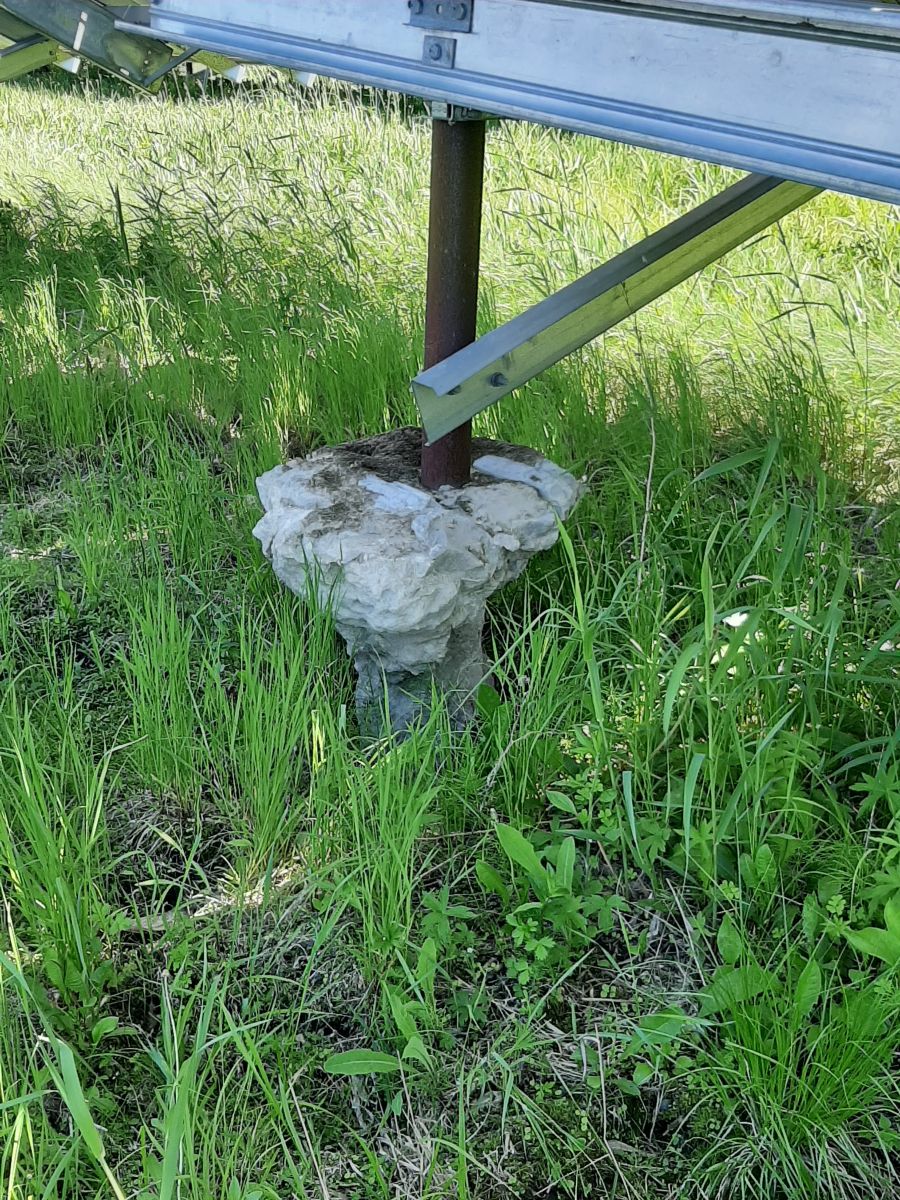 Subsurface considerations
Subsurface considerations
Subsurface conditions can vary considerably from site to site, and even within the site itself. A geotechnical engineer will review the subsurface conditions and engineering classification of site soils, presence of obstructions or other deleterious materials, and groundwater conditions. For example, if the engineer finds organic-rich materials (which are often problematic for all foundation types), then the design considerations will be impacted.
The subsurface conditions impact several parameters of foundation design, including adfreeze pressures, frost design depths and susceptibility, corrosive nature, constructability, and in-situ moisture conditions.
The climate (how cold the winters get and for how long) is important when designing for frost heave, but soil composition will also affect how deep frost penetrates the ground. Coarser, gravelly sands are more prone to frost penetration than less porous, fine-grained materials. The depth or size of the foundation will have to compensate for the soil conditions in addition to the temperature.
- Types of foundations
The recommended primary and secondary foundations will differ depending on the climate, soil, and loading considerations mentioned above. Driven piles are the preferred solution, but for sites where you are unable to reach the required skin friction, helical piles will be a good alternative. The most versatile foundation type is a groundscrew; the riskiest is a micropile.
Before you decide on your solar foundation design, bring in a qualified geotechnical engineer early to the project. A qualified professional can help you understand the site conditions and manage the risk. Without engineering expertise, you may end up facing costly rebuilds or repairs.
 Arash Yazdani is Director of Engineering for PRI Engineering, which has over 100 years of combined experience providing comprehensive geotechnical consultations, testing, and design for infrastructure, energy, environment, water, and resource management projects.
Arash Yazdani is Director of Engineering for PRI Engineering, which has over 100 years of combined experience providing comprehensive geotechnical consultations, testing, and design for infrastructure, energy, environment, water, and resource management projects.
PRI Engineering | priengineering.com
Author: Arash Yazdani
Volume: 2022 September/October









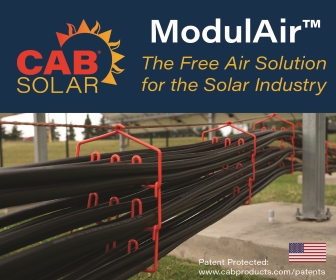

.png?r=5796)
